Different Types of Voltage Level:
The different type of voltage notations is being used in a power system transmission and distribution. Let see the type of voltage.
- Rated Voltage
- Nominal Voltage
- Extra-low Voltage
- Low Voltage
- Medium voltage
- High Voltage
- Extra-High Voltage
Rated Voltage:
The maximum standard voltage that can be produced by a generating station is called rated voltage, under safety margin. The rated voltage is typically said to be a generator’s maximum voltage.
Nominal Voltage:
The predetermined system voltage is called a nominal voltage. i.e an alternator has designed to produce 11kV + or – 5%, but it produces 11. 1 kV means the nominal voltage of the alternator is 11kV and The rated voltage is 11.1kV. We cannot accurately maintain the alternator to operate in nominal voltage.
Extra Low voltage:
The Voltage level of below 70Volts is called Extra-low voltage. The human can touch the live conductor and which do not harm. But under wet condition, the human can experience a mild shock.
Example: Electronics instrument axillary supply, 12 V, 24 V Battery, Phone charger output, medical equipment etc
Low Voltage:
The voltage level is between 70 Volts to 600 Volts called low voltage. Human does not touch these live wire at normal hand. Under the wet condition, human get a dangerous shock which leads to coma-stage or death.
Example: Domestic household or home appliances power supply, single-phase or two-phase 230 Volts, 440 Volts, and 110 Volts electrical motor, home generator etc
Medium Voltage
ANSI/IEEE 1585-2002 refers to: Medium Voltage (0.6kV – 33 kV) and IEEE Std 1623-2004 refers to: Devices rated to medium voltage (1 kV-33 kV). [It is assumed that this is ac.]
Example: Rural power transmission lines, Industrial power distribution, 690 Volts to 33kV Circuit breakers.
High Voltage:
The voltage level between 33kV to 220 kV is called High Voltage. Also, the transmission line carries the high voltages is called high voltage transmission lines.
Example: Heavy transmission towers
What is Extra High Voltage:
The extra-high voltages will be added as per the consumer requirement. Typically, the voltage level between the 220kV to 760 kV is called Extra High voltages.
Example for 400 kV: Dehar – Panipat Line
Example for 760kV: Anpara – Unnao
Ultra-High voltage:
The ultra-high voltage lines are nothing but a voltage level above 800kV is called Ultra-high voltage.
Example: 1200kV Bina National
How to identify a Tower Voltage Level While using Porcelain insulator:
In India, mostly porcelain insulators are used for the transmitting power. The insulator is made up of disk types and each disk has the ability to withstand up to 12kV. Look at the image of 66kV porcelain insulator.
The insulator contains 8 disks and each has a capacity to withstand up to 12kV. Hence 8 * 12kV = 96kV.
It is calculated based on Line voltage + 15% Tolerance + One additional disk for safety.
Hence, 66kV + 9.9 kV + 12kV = 87.9 kV. Hence we need to install 9 disk as per our calculations.



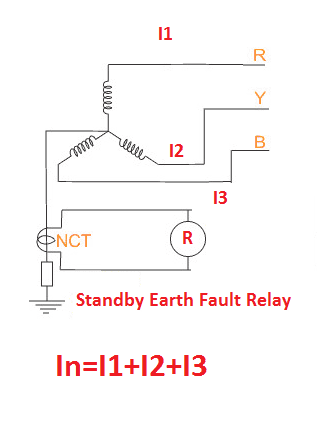

![What is Normally Open & What is Normally Closed [Video Included] What is NO and NC](https://www.electrical4u.net/wp-content/uploads/2020/09/What-is-NO-and-NC-218x150.png)
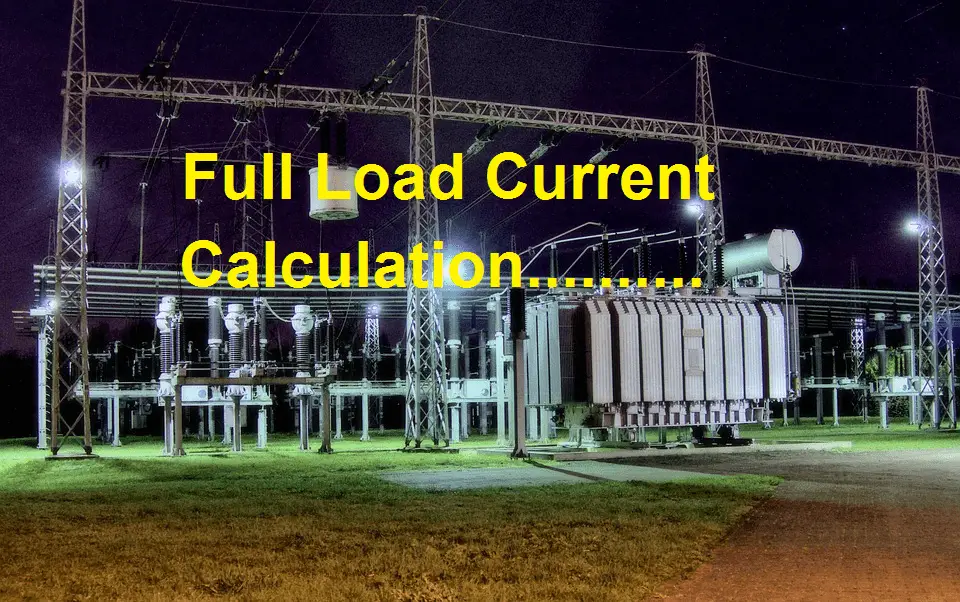

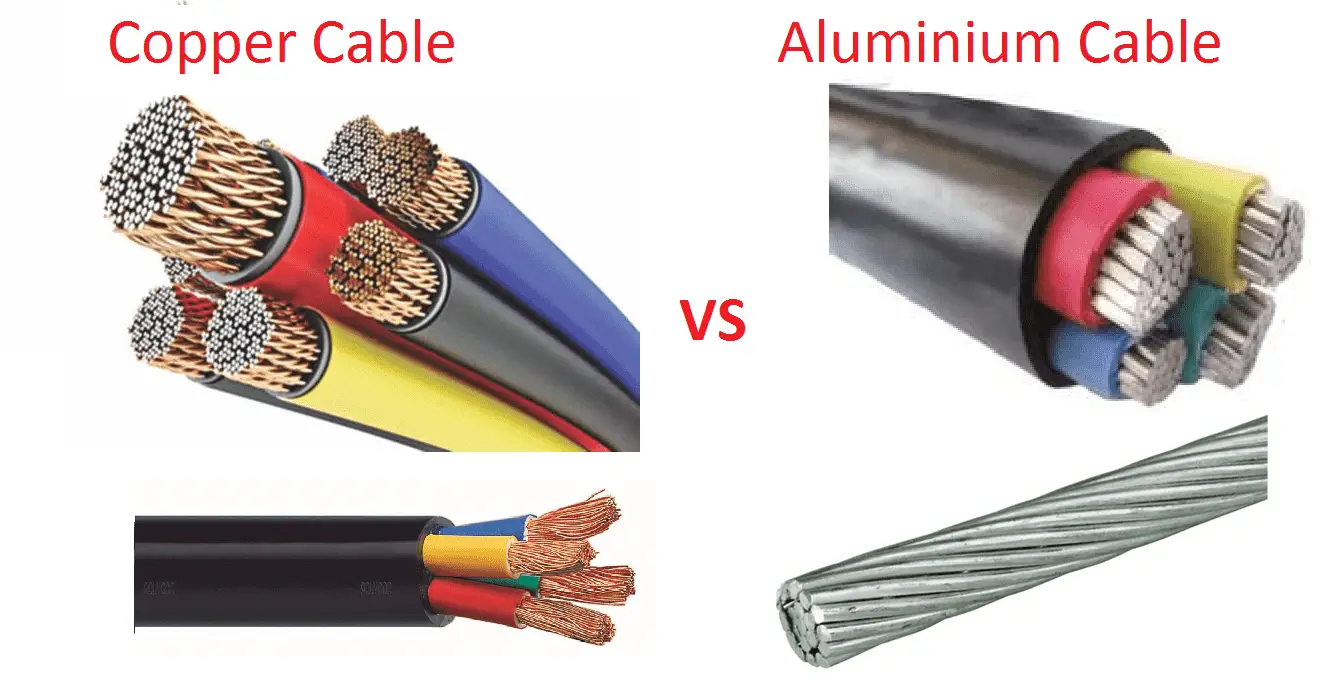

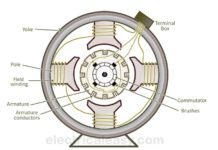

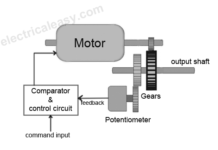
very good guide …..for all electrical working people……
Helpful
The last photo is the railway insulator. Railway transmission line is 25 kV AC. Not 66 kV
Yes, that’s belongs to the railway only. But it is to the transformer input 66kV/25kV.
Very good guide 👍👍
power